Have you ever looked into a cat’s eyes and wondered what’s going on behind that mysterious gaze? Some say cats are aloof, even indifferent. Yet, anyone who’s had a cat curl up on their chest after a long day knows there’s something deeper happening. The truth about emotional intelligence in cats is both surprising and heartwarming. Prepare to be amazed by just how emotionally complex your feline friend might be.
What Is Emotional Intelligence in Cats?

Emotional intelligence in cats refers to their ability to recognize, process, and respond to emotions—theirs and ours. While it may sound like something reserved for humans, cats have their own way of expressing and interpreting feelings. It’s not just about purring when happy or hissing when upset; it’s about sensing moods, adapting to environments, and forming real bonds. Some researchers believe that cats can even pick up on subtle changes in their owners’ behavior. If you’ve ever felt like your cat just “knows” how you’re feeling, you’re not alone. Emotional intelligence in cats is subtle, layered, and more advanced than many people think. It’s a window into their mysterious feline hearts.
How Cats Sense Human Emotions

Cats have an uncanny knack for picking up on human emotions. Unlike dogs, who may dash to your side when you cry, cats often watch and wait, approaching when you’re calm enough for comfort. They tune into your tone of voice, body language, and even your scent. If you’re anxious or sad, your cat might become more attentive, rubbing against you or sitting nearby. Some cats can even sense stress before any outward signs appear. This ability isn’t magic—it’s a product of keen observation and emotional attunement. The truth is, your cat is always watching, learning your emotional cues, and responding in their own quiet way.
Reading a Cat’s Body Language
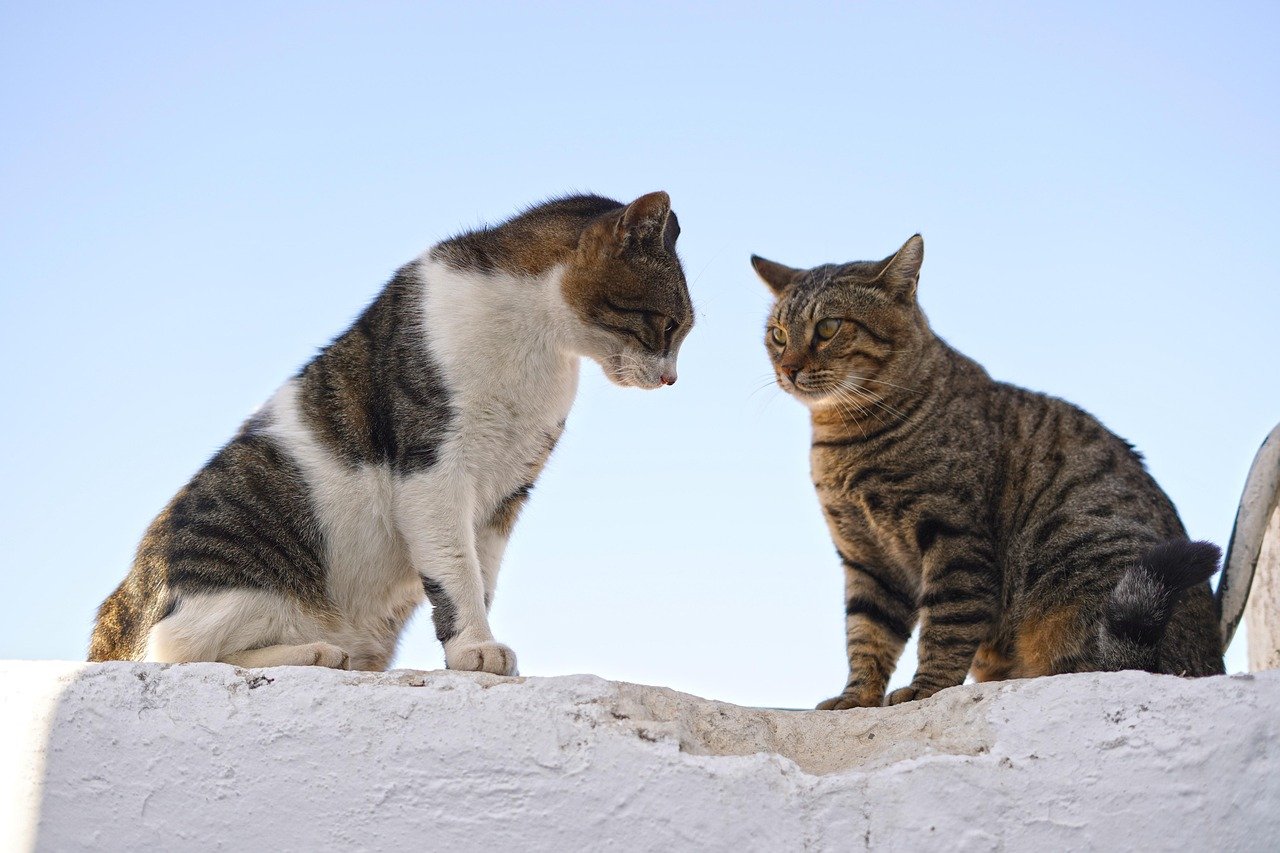
Understanding a cat’s emotional intelligence starts with reading their body language. Cats communicate with their tails, ears, eyes, and posture. A swishing tail can mean excitement or irritation, while slow blinks are like feline kisses. Upright ears and a relaxed body show contentment, but flattened ears or a crouched position signal stress or fear. Even the way a cat curls up on your lap or kneads your blanket speaks volumes about their feelings. Learning to read these subtle signs can deepen your bond and help you respond to your cat’s emotional needs. It’s like learning a secret code only you and your cat share.
The Role of Socialization in Emotional Development
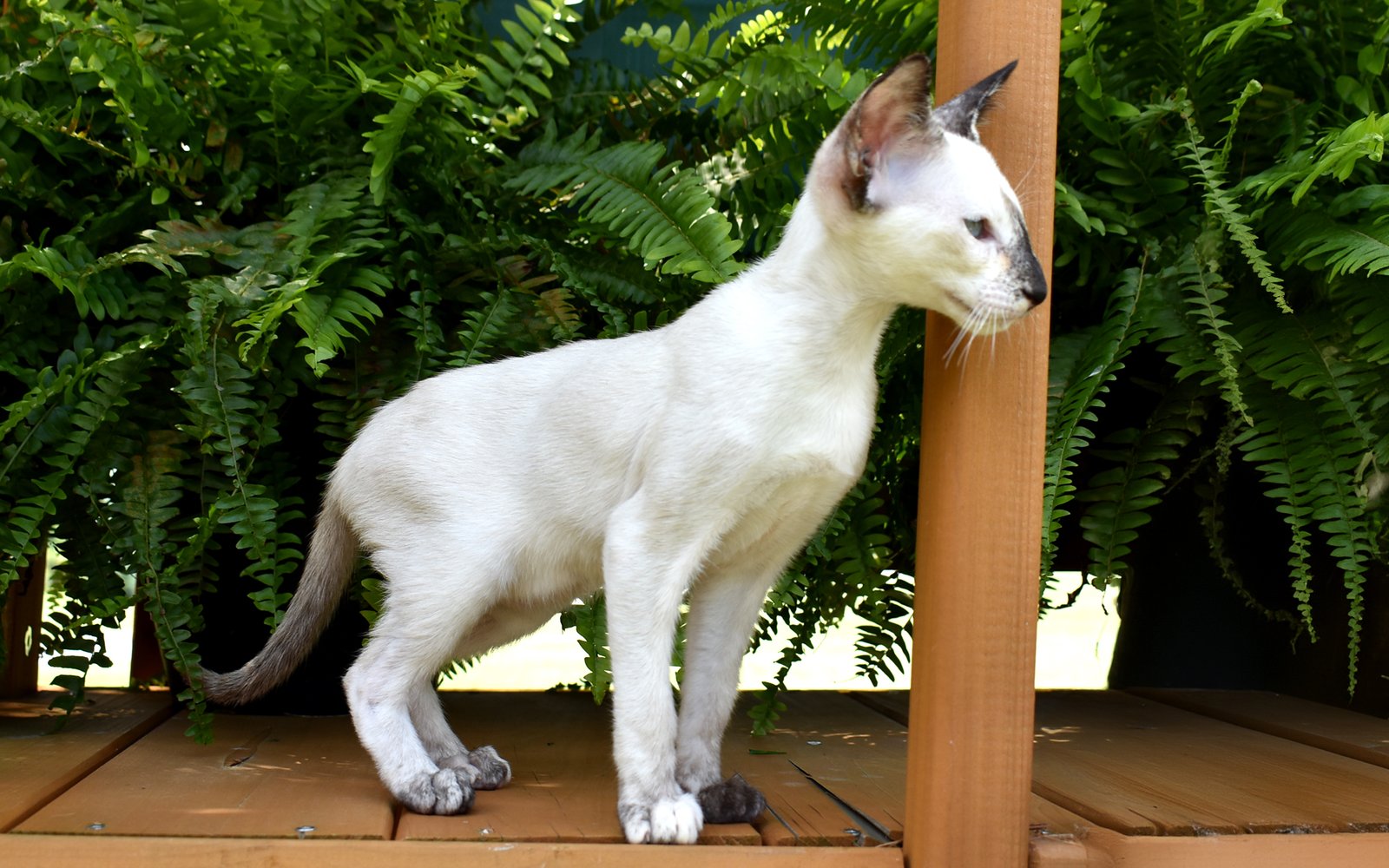
A cat’s emotional intelligence is shaped largely by early socialization. Kittens who interact with gentle humans, other cats, and a variety of environments grow up more emotionally resilient. These well-socialized cats handle stress better and form stronger bonds with people. On the flip side, cats raised in isolation or unpredictable conditions may struggle to trust or express their feelings. Socialization is like emotional training for cats, giving them the tools to understand and manage their emotions. If you’ve adopted a shy or fearful cat, patience and gentle exposure to new experiences can help boost their emotional intelligence over time.
Do Cats Feel Empathy?

One of the most debated topics in feline behavior is whether cats feel empathy. Some skeptics say cats are too independent for such complex emotions. But many cat owners report moments when their feline friends seem to comfort them, snuggling close during tough times or quietly keeping vigil when they’re sick. Recent studies suggest cats can recognize distress in humans and may adjust their behavior in response. While their empathy might not look exactly like ours, it’s clear that cats have a way of tuning in to our feelings and offering comfort in their own special way.
Signs Your Cat Understands Your Feelings
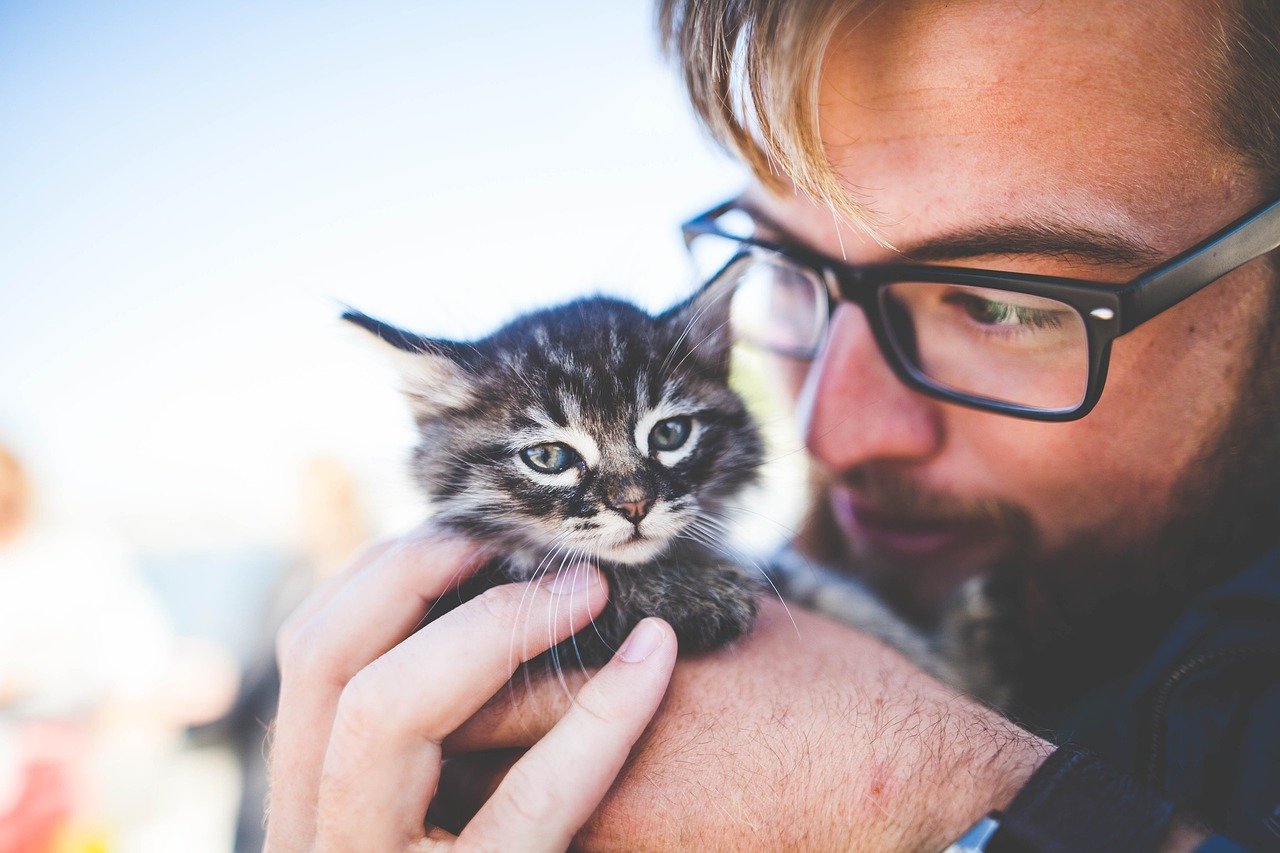
There are several telltale signs that your cat is emotionally attuned to you. Has your cat ever brought you a favorite toy when you seemed sad? Or perhaps they curl up beside you more often when you’re feeling low. Some cats meow or purr more when their humans are upset, almost as if they’re trying to soothe them. Others will quietly follow you from room to room, offering silent support. Even subtle changes—like a gentle head bump or an affectionate lick—can signal that your cat understands your mood. These small gestures are their way of saying, “I’m here for you.”
How Cats Express Their Own Emotions
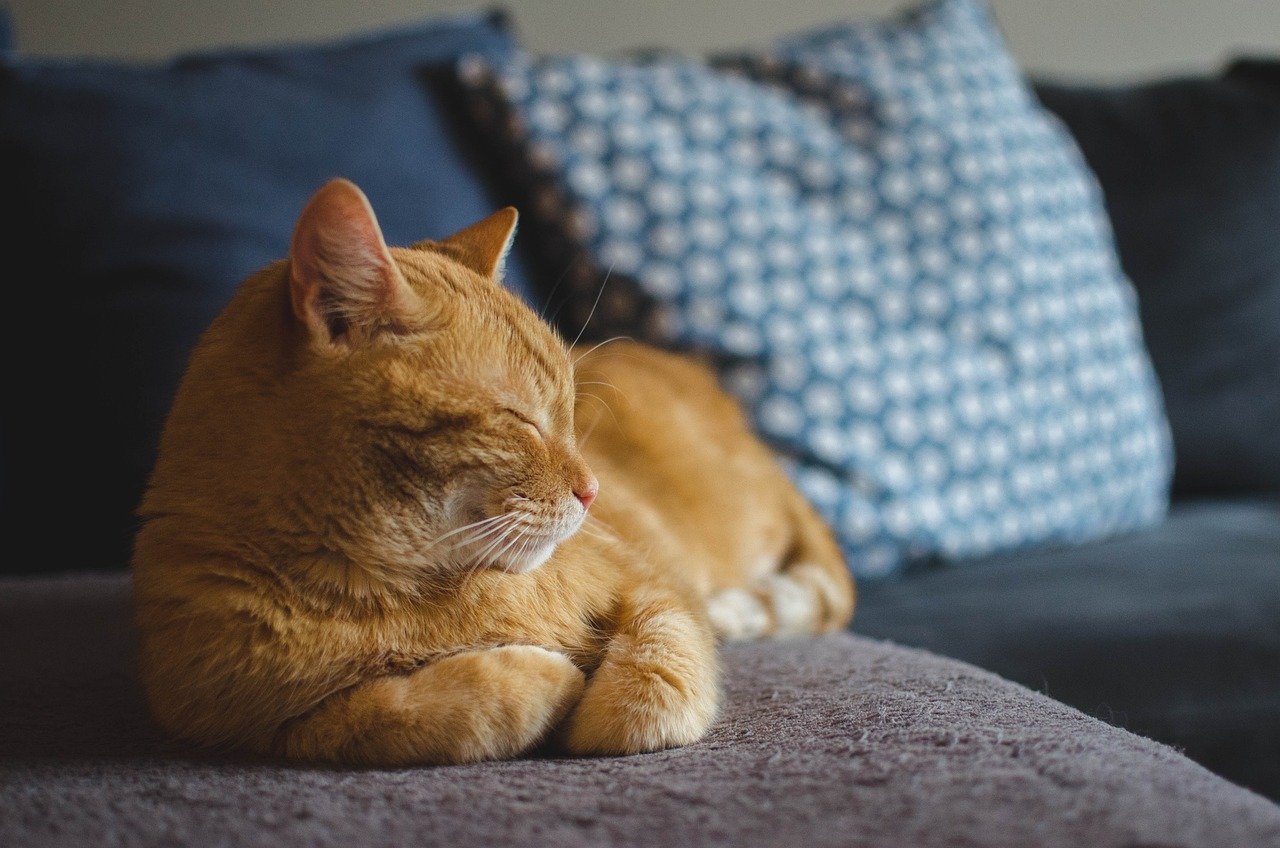
Cats have a rich emotional life, even if they don’t always show it in obvious ways. Joy might look like playful zoomies around the house or loud purring sessions. Fear is often shown through hiding, dilated pupils, or a tucked tail. Frustration can lead to excessive grooming or swatting at toys. Some cats even display jealousy, becoming clingy if you pay attention to another pet. By paying attention to these behaviors, you can learn what makes your cat happy or anxious. It’s a fascinating journey into the emotional world of your feline companion.
The Science Behind Feline Emotional Intelligence

Recent research is beginning to shed light on the science of feline emotions. Studies show that cats have complex brains capable of forming memories, learning routines, and even experiencing anticipation. Their brains contain similar structures to those responsible for emotion in humans. Scientists have observed that cats can form secure attachments to their owners, similar to the bonds seen in dogs and children. This scientific backing gives credibility to the idea that cats are emotionally intelligent creatures, capable of understanding and responding to both their own feelings and those of their humans.
How Cats Communicate With Each Other

Cats don’t just use emotional intelligence with humans—they use it with each other, too. In multi-cat households, you’ll see intricate social dynamics at play. Cats greet each other with nose touches, share grooming sessions, and establish pecking orders through body language. Disagreements are usually settled with posturing or soft hissing rather than outright fights. Kittens learn social skills from their mothers and siblings, picking up on emotional cues from the very start. By observing their interactions, you can see just how nuanced and sophisticated feline communication can be.
The Impact of Environment on Cat Emotions
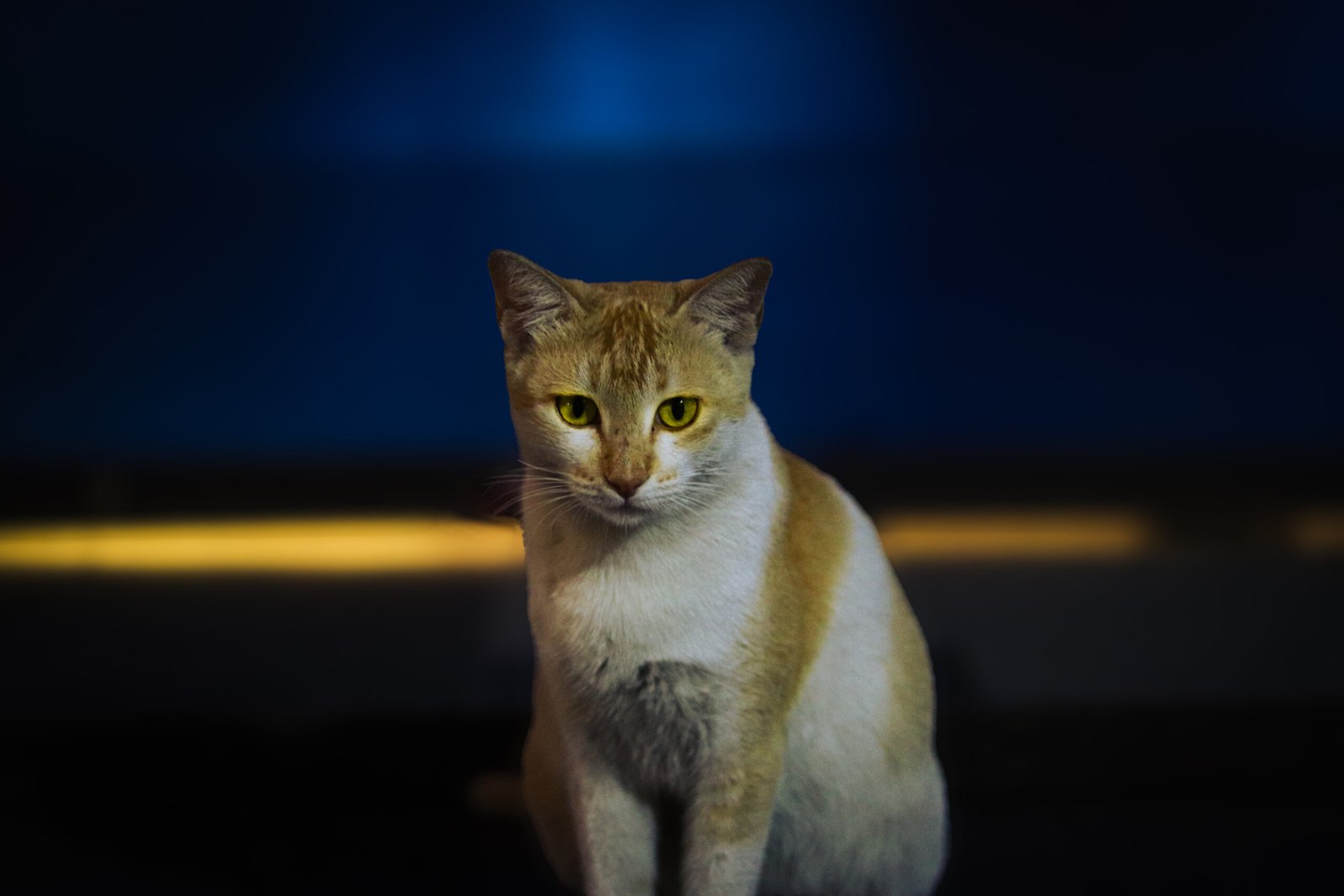
A cat’s environment plays a big role in shaping their emotional intelligence. Calm, predictable spaces make cats feel safe and confident. Loud noises, sudden changes, or chaotic households can create anxiety and stress. Providing hiding spots, interactive toys, and cozy resting places can help your cat feel secure and emotionally balanced. Even simple changes, like moving their food dish or rearranging furniture, can affect your cat’s mood. Being mindful of your cat’s environment is an important part of supporting their emotional well-being.
Do Cats Hold Grudges?

Many cat owners wonder if cats hold grudges. While cats have strong memories, they process negative experiences differently than humans. After a stressful event, a cat may avoid the person or place involved, but this is more about self-preservation than spite. With patience and positive reinforcement, most cats can overcome past fears or discomfort. If your cat seems distant after a trip to the vet, for example, it’s their way of coping with stress, not holding a grudge. Understanding this can help you rebuild trust and strengthen your relationship.
Can Cats Be Manipulative?

Some people believe cats are master manipulators, using their charm to get what they want. While this may be partly true—who can resist a pleading meow or wide, innocent eyes?—it’s actually a sign of emotional intelligence. Cats quickly learn which behaviors get results, whether it’s extra treats or a cozy spot on your lap. This ability to adapt and influence human behavior is a testament to their emotional awareness. Rather than seeing it as manipulation, think of it as your cat’s way of communicating their needs and desires.
Stress and Anxiety in Cats

Just like humans, cats experience stress and anxiety. Changes in their environment, loud noises, or the presence of unfamiliar people or animals can trigger emotional responses. Stressed cats may hide, lose their appetite, or become vocal and restless. Chronic stress can lead to health issues like over-grooming or digestive problems. Recognizing the signs of anxiety in your cat is crucial for their emotional health. Providing a calm, predictable routine and safe spaces can help reduce their stress and build emotional resilience.
The Role of Play in Emotional Health

Play isn’t just about fun—it’s vital for a cat’s emotional well-being. Interactive games help cats release energy, sharpen their hunting instincts, and bond with their humans. Playtime also provides an outlet for frustration or boredom, reducing the likelihood of behavioral problems. Cats who play regularly are often more confident and emotionally balanced. Experiment with different toys to discover what excites your cat, whether it’s a feather wand, a crinkly ball, or a simple cardboard box. Play is the language of joy for cats, and it’s key to their happiness.
Attachment Styles in Cats

Cats, like people, have different attachment styles. Some are securely attached, seeking out their humans for comfort and affection. Others are more independent, enjoying company on their own terms. A few may be anxious or avoidant, especially if they’ve had negative experiences in the past. Understanding your cat’s attachment style can help you meet their emotional needs more effectively. It’s a reminder that every cat is unique, with their own way of showing love and trust.
How Cats React to Change

Cats are creatures of habit, and changes in their routine can be emotionally challenging. Moving to a new home, introducing a new pet, or even rearranging furniture can unsettle them. Some cats hide or become withdrawn during transitions, while others may act out with vocalizations or litter box issues. Supporting your cat through change involves patience, reassurance, and a return to familiar routines as quickly as possible. Gradual introductions and extra affection can help ease their anxiety and boost their emotional confidence.
Do Cats Experience Grief?
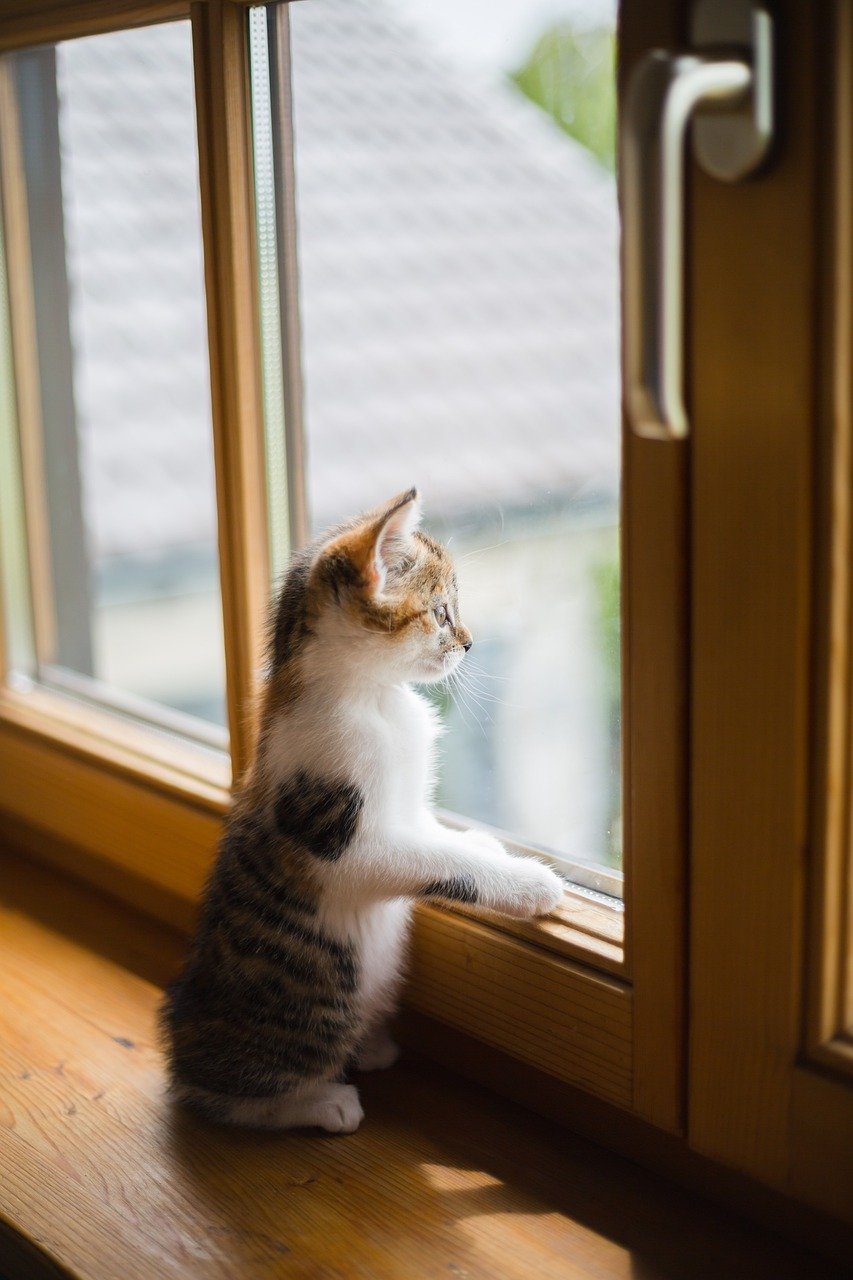
Losing a loved one, whether it’s a human or another pet, can deeply affect a cat. Many cats show signs of grief, such as searching for the missing companion, vocalizing, or losing interest in food and play. Grieving cats may become clingy or withdrawn, reflecting their emotional pain. Providing comfort, extra attention, and time to adjust is essential during these periods. Understanding that cats grieve, too, can help you support them through difficult times and strengthen your bond.
The Impact of Routine on Feline Emotions

Routine is a powerful stabilizer for cats. Knowing when to expect meals, playtime, and affection gives them a sense of security. When routines are disrupted, cats may become anxious or unsettled. Establishing consistent daily rituals can help your cat feel safe and emotionally balanced. Even small routines, like a nightly cuddle or a favorite treat at the same time each day, can have a big impact on your cat’s emotional well-being. It’s a simple yet powerful way to show your cat you care.
Cats and Emotional Healing
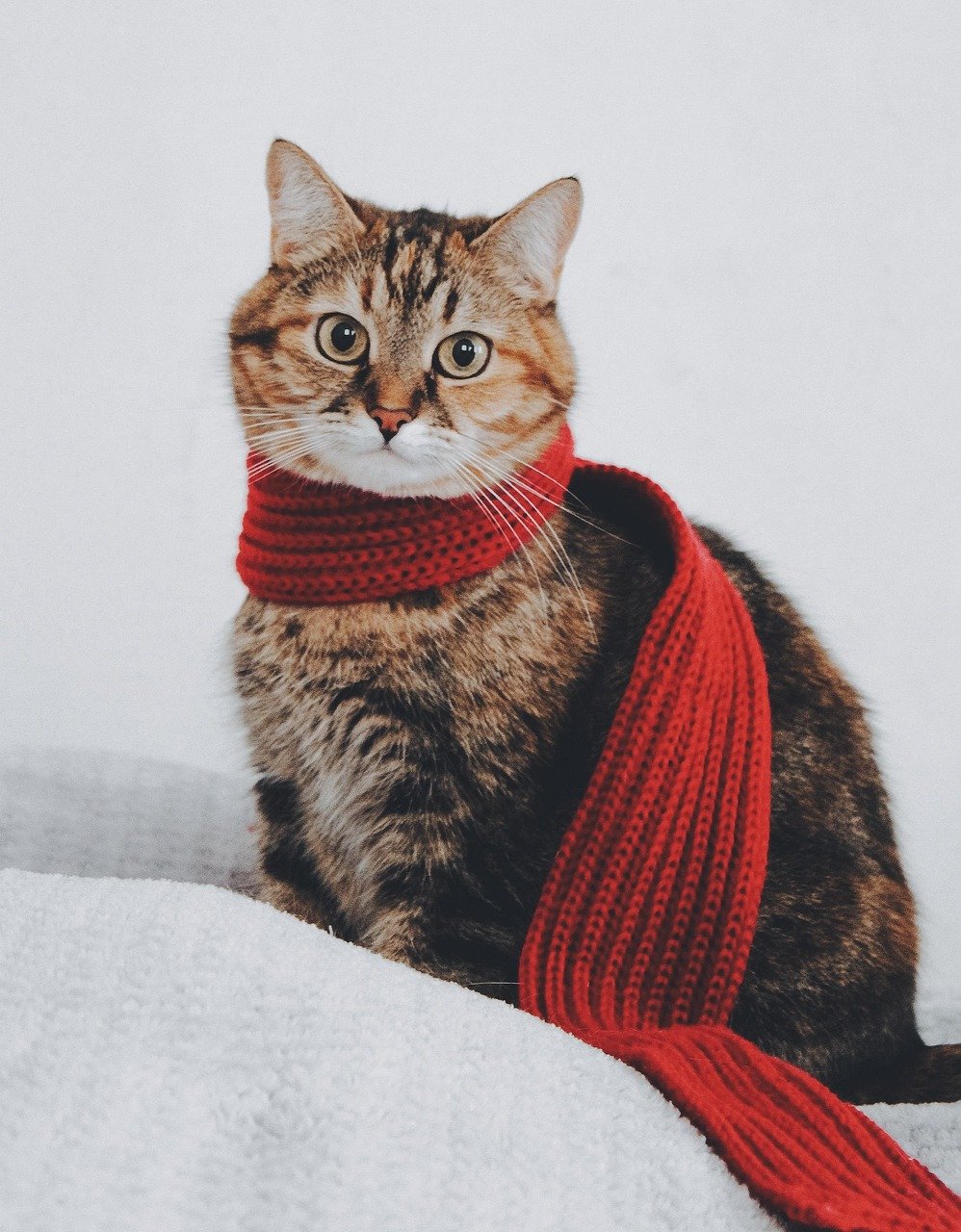
Many people find that their cats help them heal emotionally. The soothing sound of a purr, gentle kneading, or the soft weight of a cat curled against you can be incredibly comforting during tough times. Some therapists even use cats in animal-assisted therapy, recognizing their ability to provide emotional support. Cats seem to know when their humans need extra love, offering silent strength and companionship. In their own quiet way, cats can be powerful healers, helping us navigate life’s ups and downs.
Building a Strong Emotional Bond With Your Cat

Creating a deep emotional bond with your cat takes time and patience. It starts with respecting their boundaries and learning their unique personality. Gentle touch, soft words, and shared routines build trust over time. Play, treats, and positive reinforcement encourage your cat to open up and show affection. Every cat is different—some will become lap cats, while others prefer quiet companionship nearby. The key is to listen, observe, and respond to your cat’s emotional needs. The result is a relationship built on mutual understanding and love.
The Ongoing Mystery of Feline Emotions

Despite all we’ve learned, cats remain a bit of a mystery. Their emotional intelligence is real, but it’s wrapped in layers of subtlety and nuance. Each cat is an individual, with their own way of experiencing and expressing feelings. The more time you spend with your cat, the more you’ll uncover about their emotional world. It’s a journey full of surprises, laughter, and the occasional head tilt of confusion. But one thing’s for sure—cats feel more deeply than most people realize.
Hi, I’m Bola, a passionate writer and creative strategist with a knack for crafting compelling content that educates, inspires, and connects. Over the years, I’ve honed my skills across various writing fields, including content creation, copywriting, online course development, and video scriptwriting.
When I’m not at my desk, you’ll find me exploring new ideas, reading books, or brainstorming creative ways to solve challenges. I believe that words have the power to transform, and I’m here to help you leverage that power for success.
Thanks for stopping by, Keep coming to this website to checkout new articles form me. You’d always love it!




